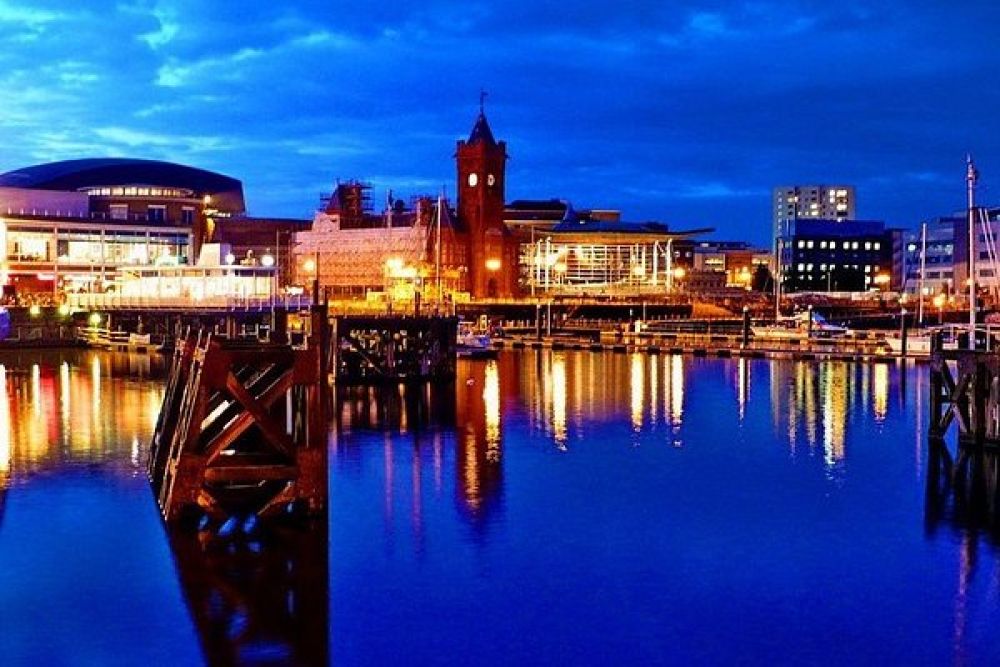

Cardiff, the capital city of Wales, is steeped in a rich tapestry of history, and its journey as a tourist destination is both dynamic and evolving. From its roots as a small settlement to its current status as a vibrant urban centre, Cardiff has continuously attracted visitors from all over the world, offering a unique blend of Welsh culture, historic landmarks, sporting events, and entertainment.
The history of tourism in Cardiff can be traced back to the Roman occupation of Britain, when the city was recognized for its strategic importance. However, the modern story of Cardiff's tourism began much later, during the Industrial Revolution. The city's growth as a port for the coal industry in the 19th century led to an increase in international visitors and business travelers.
By the 1830s, the development of the Cardiff Docks initiated a new chapter in Cardiff's accessibility and appeal. As one of the world's leading coal export ports, the docks became an intriguing site of industrial significance, drawing curious visitors and contributing to the city's expansion and wealth.
The transformation of Cardiff Castle into a Gothic revival fantasy by architect William Burges in the late 19th century enriched Cardiff’s architectural heritage, laying a foundation for cultural tourism. The early 20th century championed civic pride, with the construction of iconic buildings such as the City Hall and the National Museum of Wales enhancing Cardiff’s allure to tourists interested in history and architecture.
After the decline of the coal industry and the devastation of World War II, Cardiff's tourism saw a revival. Investments into the city’s infrastructure, such as the redevelopment of the Cardiff Bay area in the 1980s and 1990s, transformed derelict industrial sites into leisure and cultural attractions – the most notable being the Wales Millennium Centre, which opened in 2004.
In recent years, tourism in Cardiff has boomed. Attractions such as the Doctor Who Experience (now closed) and the staging of major sporting events at the Principality Stadium have elevated Cardiff’s profile. The hosting of the 2017 UEFA Champions League Final was a testament to the city’s capacity to attract global audiences.
Cardiff is embracing sustainable tourism, with initiatives focusing on preserving the city’s natural beauty and cultural integrity. There is also a trend toward experiential travel – visitors are seeking authentic Welsh experiences, from exploring the historic castle to attending local music and food festivals.
The narrative of Cardiff’s tourism is ongoing, marked by the city’s adaptability and innovation. As Cardiff continues to evolve, its heritage and forward-thinking approach set the stage for an exciting future in tourism, inviting travelers to become part of its continuing story.